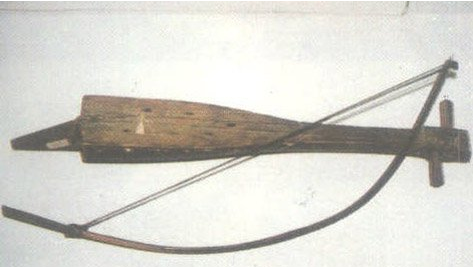uhh legend
The er-squeak shape is similar to the pipa, and more similar to the Dinghan of the Dai nationality. Most of them are made by the performers for their own use, so the specifications and sizes are different. The total length of the piano body is mostly about 45 cm, the small one is only 30 cm, and the larger one can reach 60 cm. There are two kinds of postures, sitting and standing.

Legend has it that long ago, there lived seven Lisu brothers by the Nujiang River. The youngest brother, Yisang, was a smart and capable boy.
One day he cut a piece of camphor wood and made a two-stringed qin that resembled a pipa. According to the shape of a bow and crossbow, he tied a ponytail to a thin curved bamboo to make a bow. Whenever the moon came out, Yisang played the two-stringed qin, and various tunes flowed out from the strings, like a gurgling stream, and the singing of lark, which was pleasant to the ears.
The beautiful tunes made the villagers forget their fatigue and sorrow, and the young people sang and danced to the tunes drawn by him, indulging in joy. Yisang saw that Jizhi could make people happy, so he taught the skills of the qin in the cottage. He didn't move to another village until everyone knew how to make and play it. Since then, the Lisu people have their own national stringed instruments.
 渝公网安备 50010702504639号
渝公网安备 50010702504639号